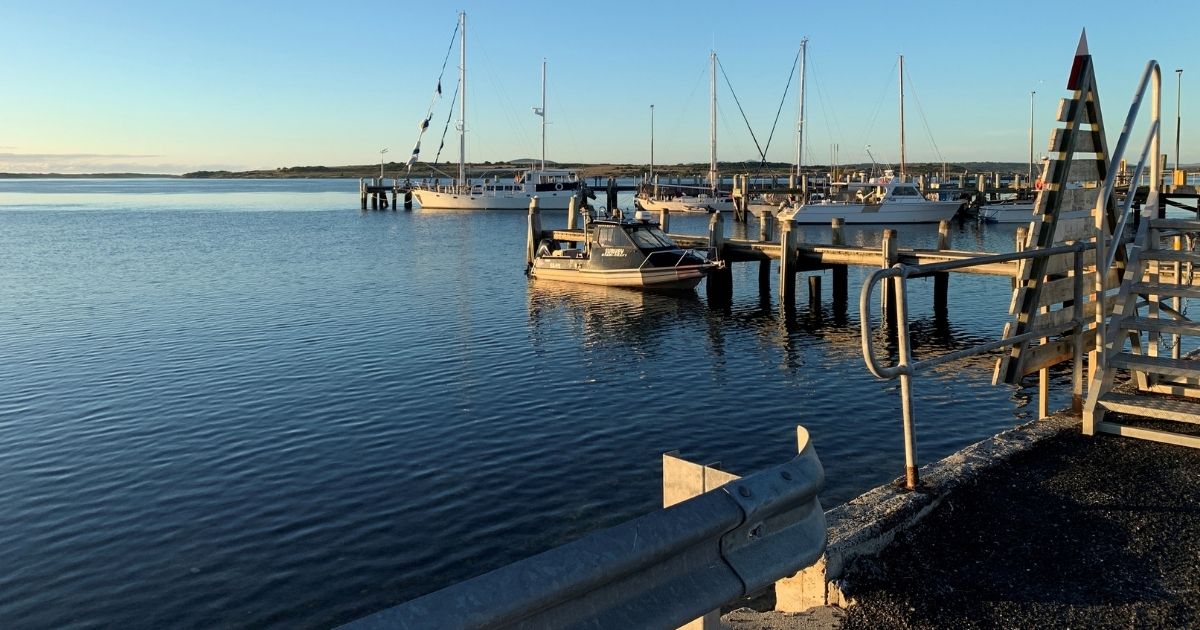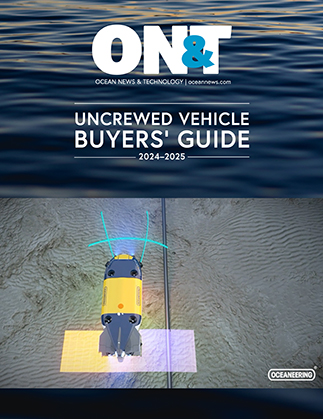The surveying industry is constantly changing and updating, with new technologies and improvements to existing ones. Coming from a background in ICT and software design, I have always been surprised by the amount of knowledge—specifically IT knowledge—that today’s hydrographic surveyor needs to command to ensure that a survey is successful. This is especially true with vessels of opportunity, when a rented or short-term multibeam system needs to be installed and validated. All while a timer is hanging over you and counting down to when the vessel moves onto the next job. From dealing with hardware settings, IP addresses, the ever-trustworthy Windows firewall and my personal favorite, ‘why couldn’t that VGA cord be a foot longer?’, the challenges of prepping for the field are numerous. And, unfortunately, they do not always end there, and continue through into data processing, interpretation and presentation. More often than not, our time is hijacked once we are ‘back on shore’ and the data processing phase—equally as important as the collection stage—is plagued with conflicting priorities.
Click here to read the full Editorial Focus in ON&T June 2021.
By Nathan Green, Hydrographic Surveyor, Veris Australia

